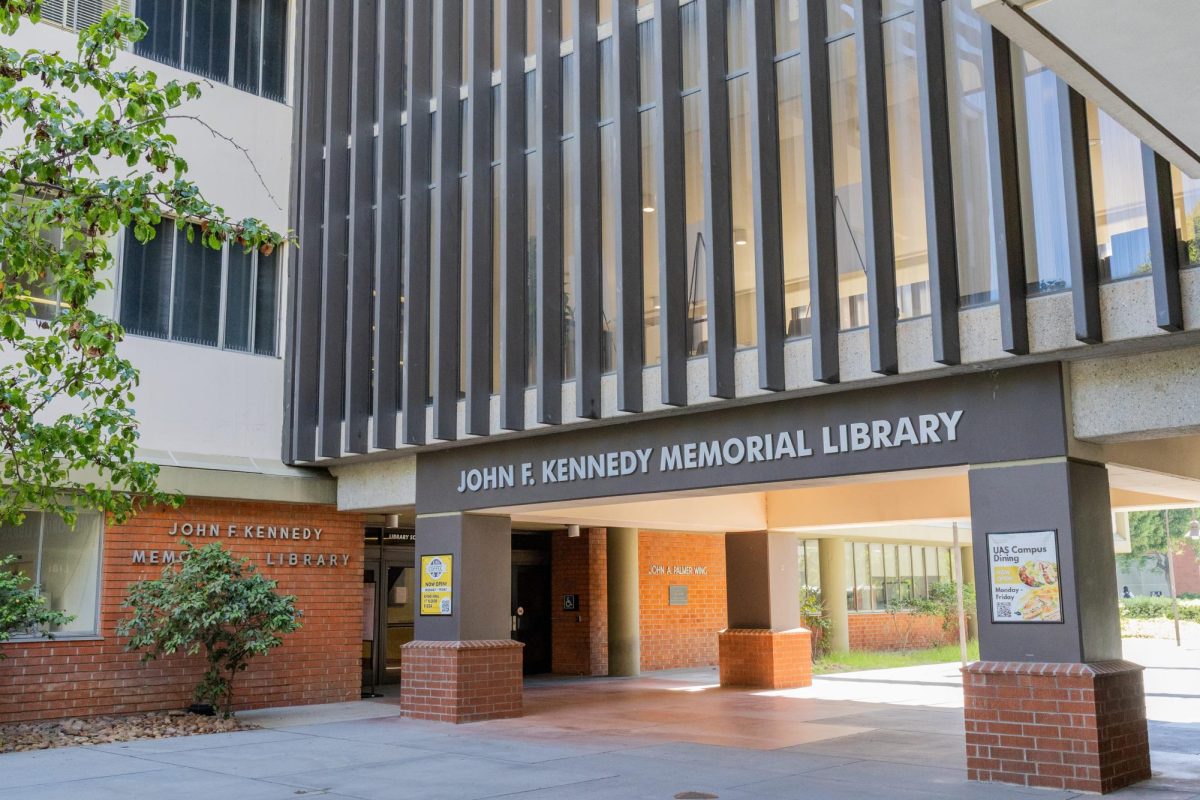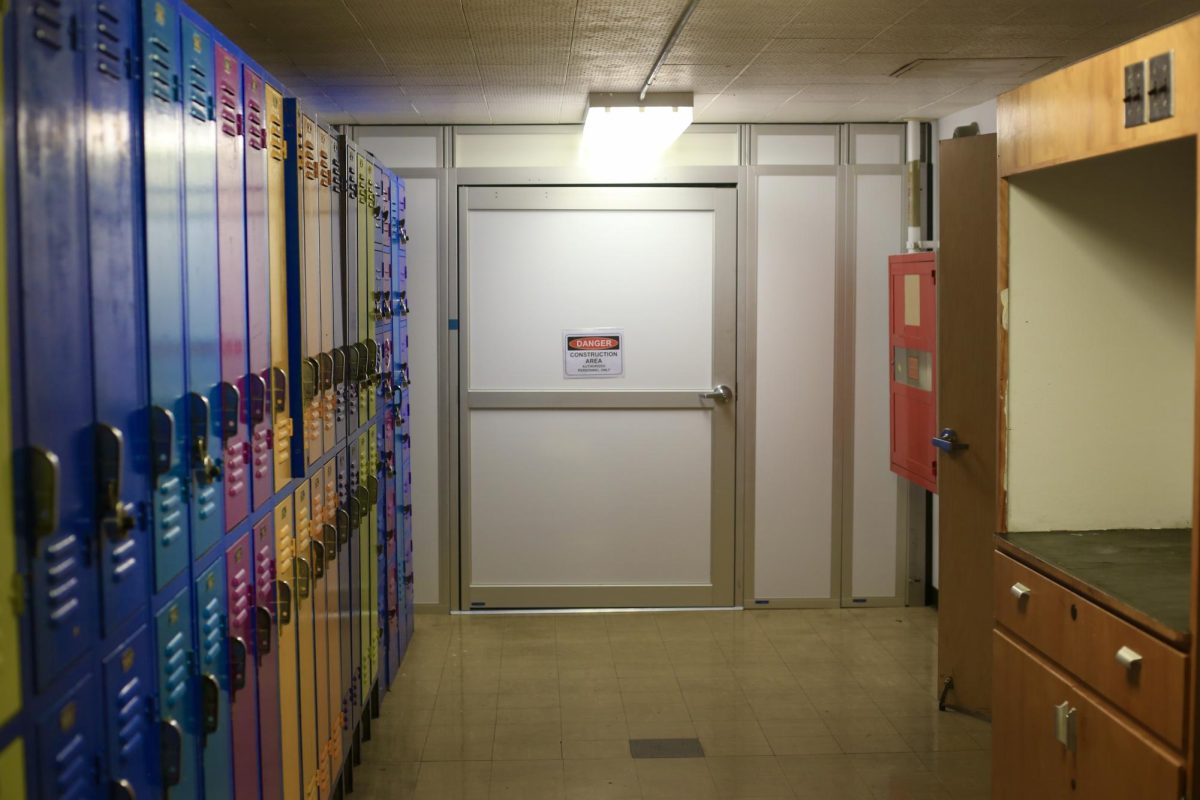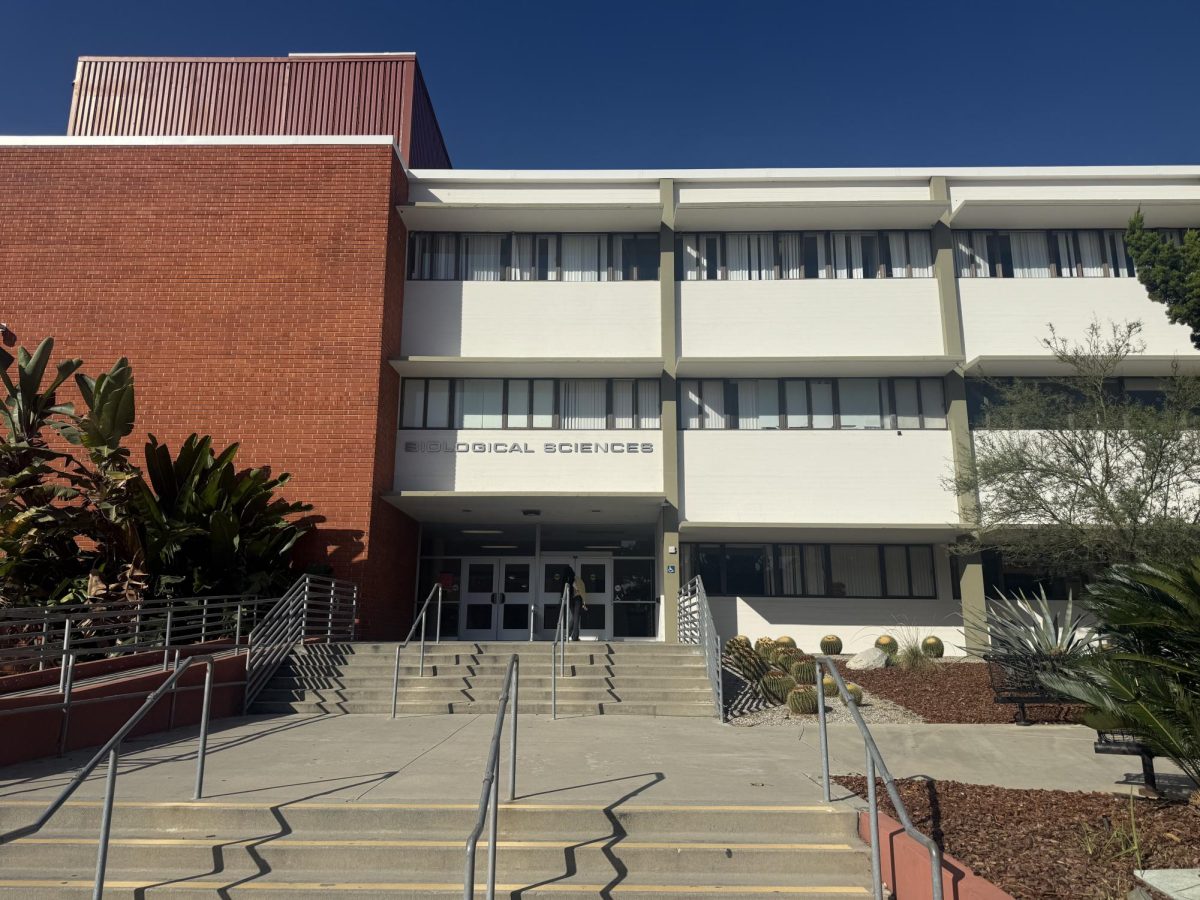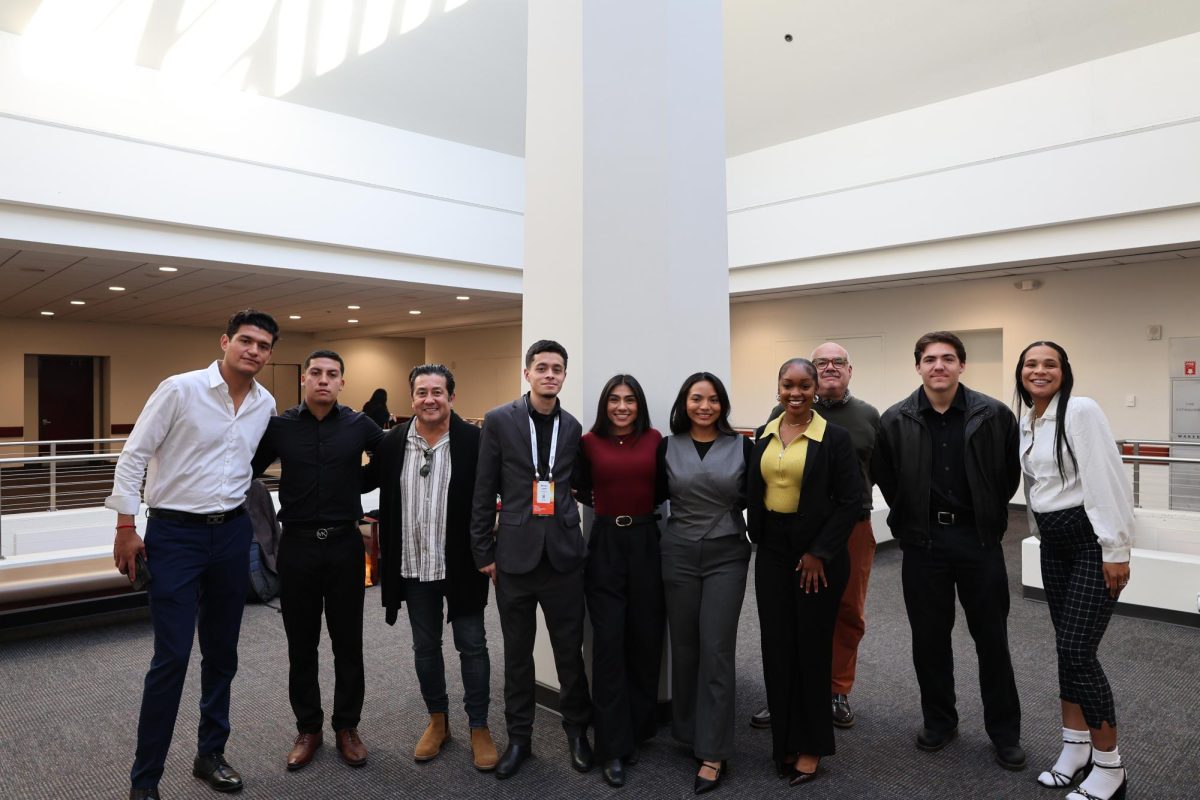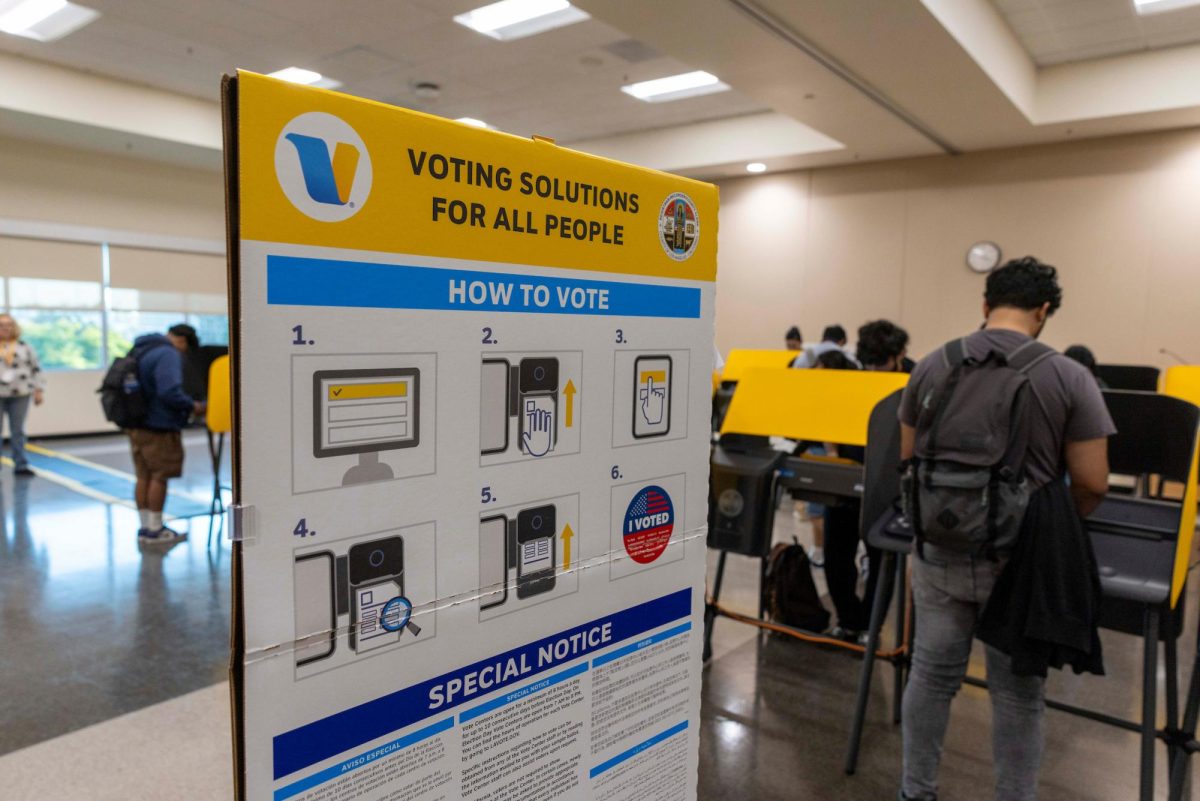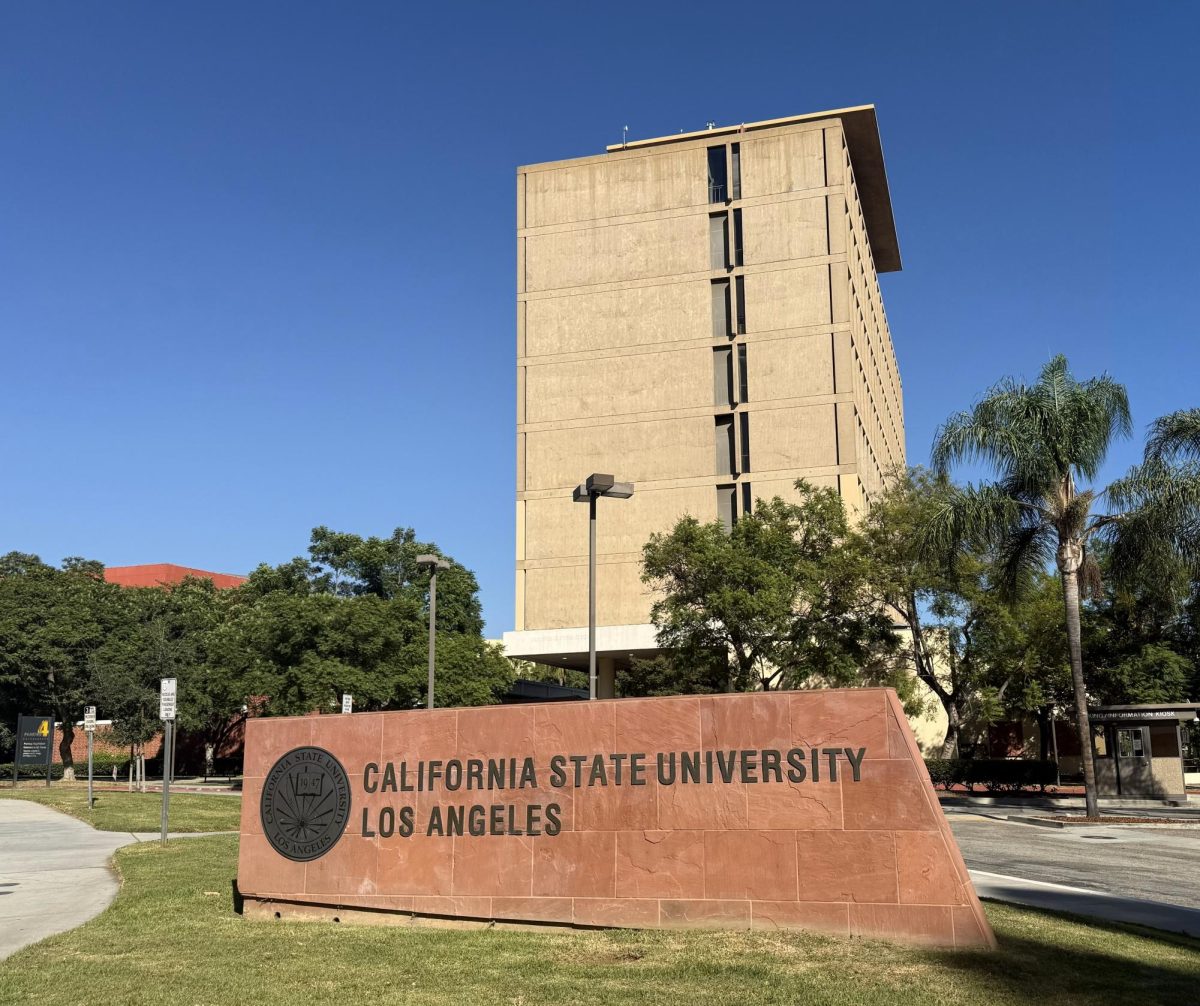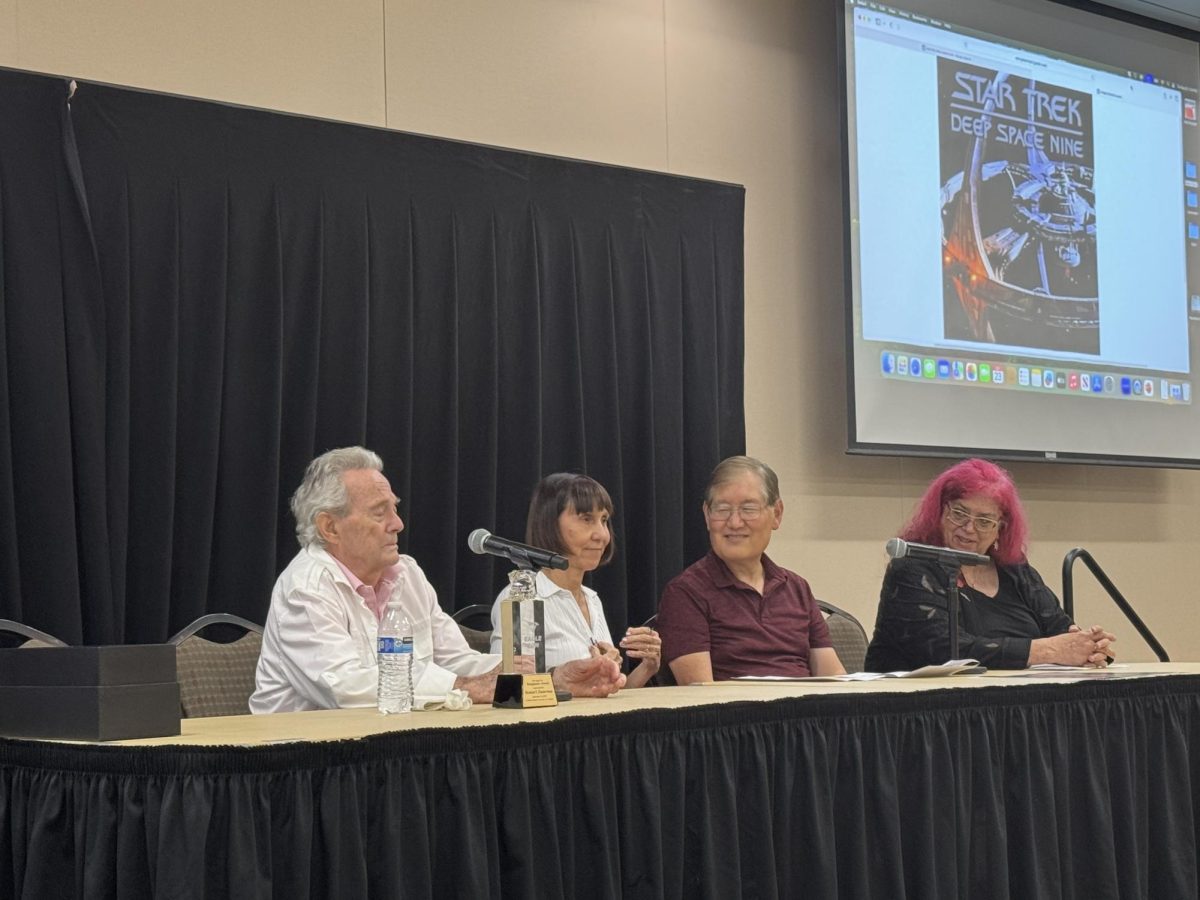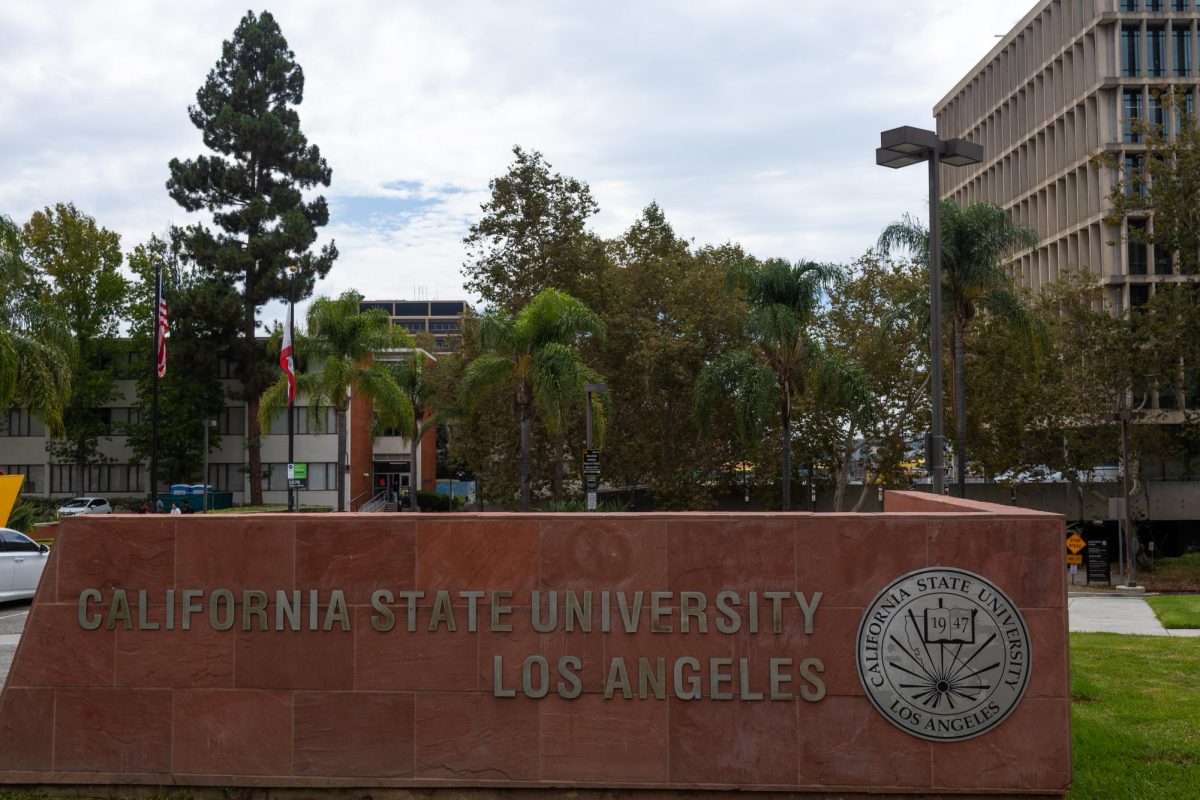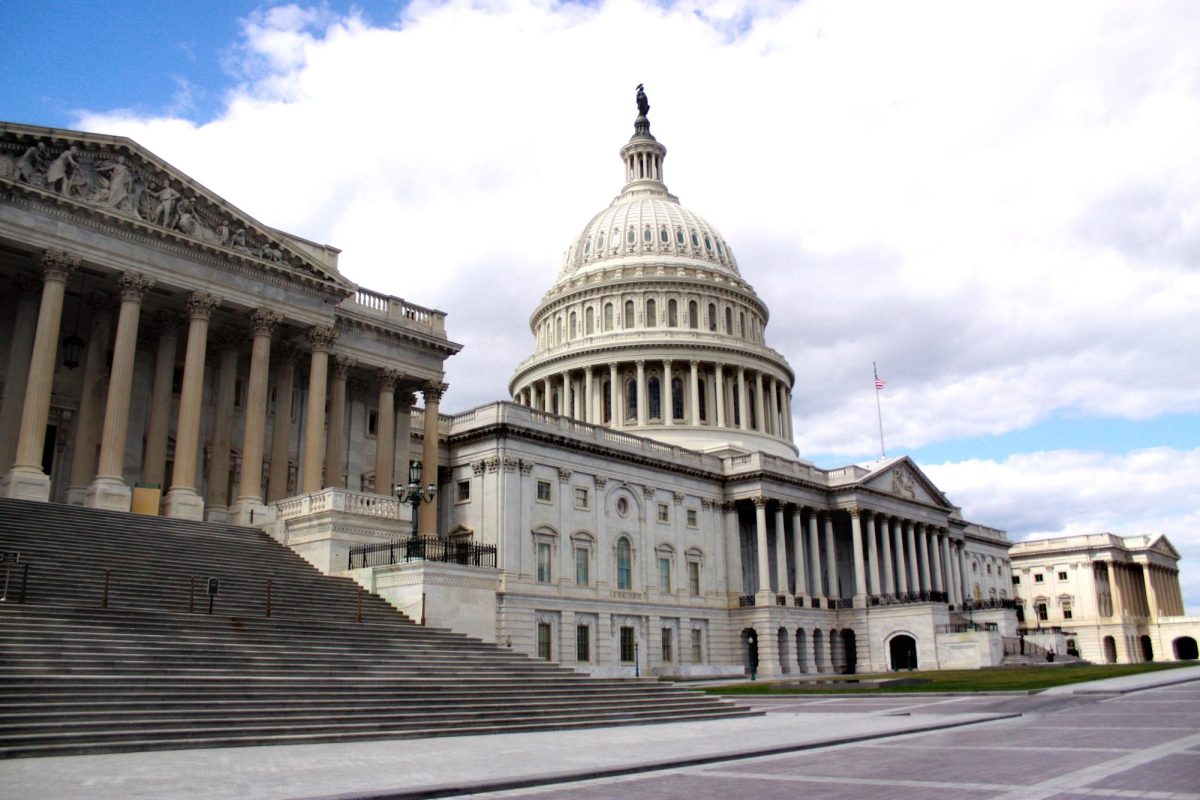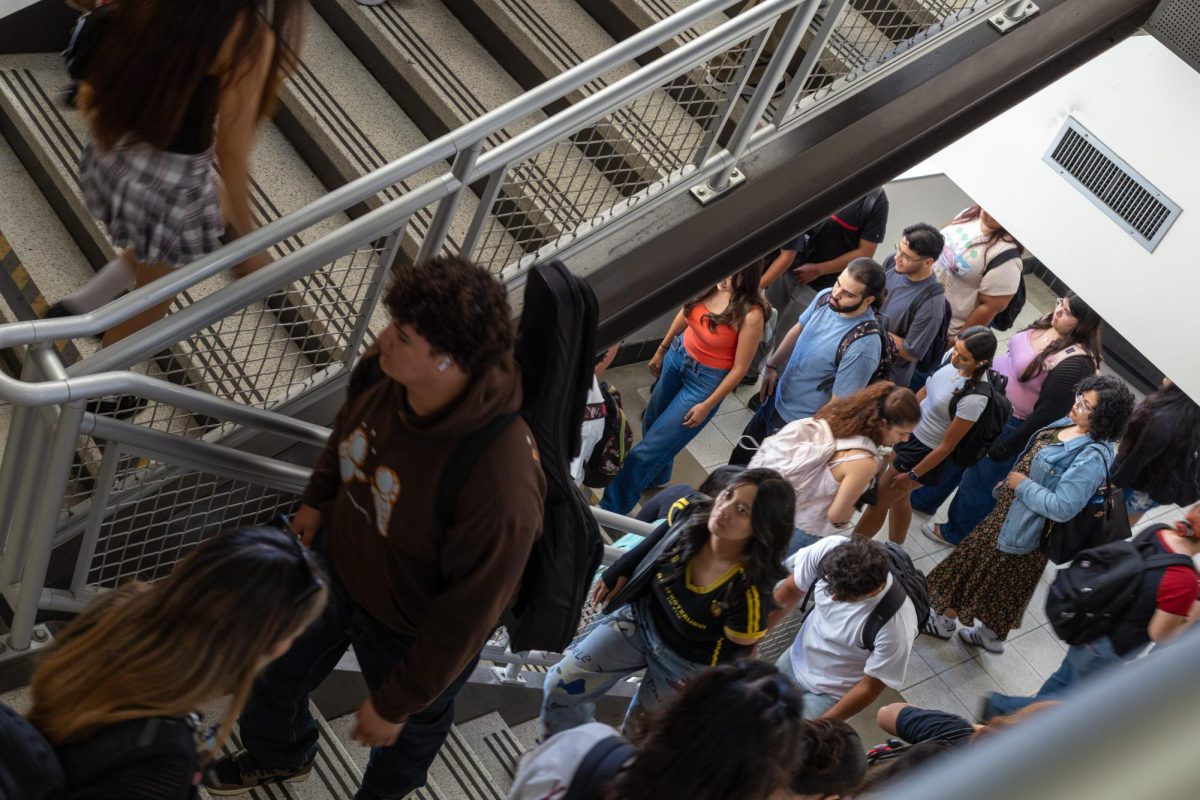Despite smaller budget cuts than initially proposed for fiscal year 2025-2026, $144 million or 3% of CSU funding will be deferred until the 2026-2027 budget, prompting many colleges across the CSU system, including Cal State LA, to preemptively cut funding to staffing and programs.
Because of the systemwide cuts, Cal State LA is projected to have a $12.4 million shortfall for this fiscal year. Due to this, the university released a memo over the summer asking that each on-campus department cut their budgets by 5%, according to the Cal State LA’s financial transparency webpage.
“So far, condensing degree programs has not been a part of the conversation,” Heather Lattimer, Provost and Vice President of Academic Affairs said. “Every year, there is some movement in undergraduate and graduate degree offerings, certificates, and specialized programs. There is a very specific and prescribed consultation process involved to make those sorts of changes.”
However, this was not done in response to the final fiscal year budget in late June of this year.
These cuts were preemptively made earlier in the year, in anticipation of steep cuts and reductions in the amount of money that was being earmarked for Cal State LA and the CSU system.
One of the main reasons for the budget cuts is a statewide budget deficit crisis of $11.8 billion for 2025-2026, and an attempt by state leaders to lessen the future blow of further spending losses and dipping into shirking reserves, according to the 2025-2026 California State Budget.
No updated data is available for Cal State LA after the final budget was passed; however, the cuts and reductions in preparation for the impending monetary crunch left a long-lasting impact on multiple departments across the University.
“One example comes from the college of health and human services, where there’s an adult nutrition class that usually has quite a few sections, but they kind of cut them in half,” Florita Otto, an academic advisor for the Arts and Letters Department said. “And we have cancelled classes because there wasn’t enough enrollment, which is determined by the department.”
Otto said how crucial it is for people to enroll on time.
“Classes are going to be limited, if you notice some of the schedules, look at the lower division GE’s or even the upper division GE’s, you won’t see as many sections,” Otto said.
The university added that because course cuts will impact students, but are prioritized to focus on non-required classes.
“We are all working—faculty, staff, and administration—to minimize the impact on students. Minimize does not mean students won’t see and feel impacts,” Lattimer said. “A reduced course schedule means fewer options, perhaps a favorite instructor will not be teaching, or you might experience a longer wait list for a popular section. We prioritize the courses needed for degree completion, but we also know that many optional experiences enrich the college experience.”
According to Otto, last year they had five counselors and now this semester they are down to three. There is a high turnover as a whole in all the centers because of the cost of living. There are advisors who have left for other jobs or promotions because the salary is not competitive enough.
She also said that the decline of enrollment across all CSU campuses could have something to do with the declining budgets. According to the Campaign for College Opportunity, they have been dropping since the pandemic in 2020 through 2023, which showed a 6.5% decline in enrollment. Although, since then, CSU has seen an increase in enrollment with a 4,000 student jump from fall 2024 to fall 2025.
David Green, a professor in the Department of Women’s, Gender and Sexuality Studies, said that the impacts of these budget reductions affects the workers on campus the most. He said that he has seen a lot of firings and mass layoffs throughout the CSU system.
“I noticed hiring freezes where faculty are not getting jobs; it’s a devastation to human capital,” Green said. “WGSS, ethnic studies, and a lot of departments were terrified about being closed down and ended because we saw some of those closures at other institutions.”
There have been culturally diverse programs which have been reduced as the institution is grappling with the budgeting impacting these programs. If people feel as though they don’t belong, it is hard for him to see them wanting to continue at the place they are in.

